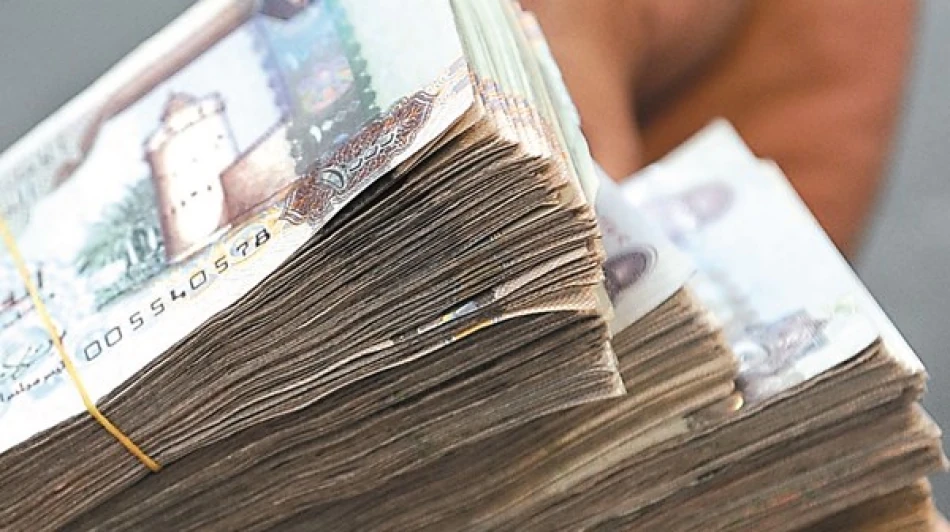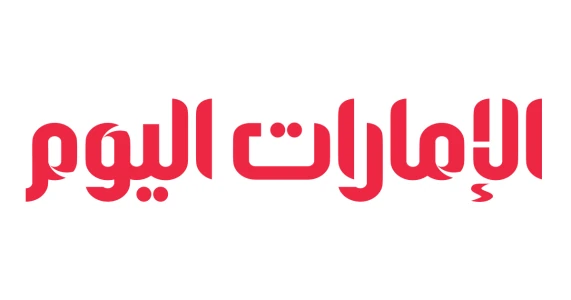
UAE Banks Extend $21.8 Billion in Personal Loans, Fueling Economic Growth
UAE Banks Surge to Record Highs as Consumer Credit Boom Signals Economic Confidence
The UAE's banking sector has reached unprecedented heights, with total bank investments hitting a historic peak of AED 788 billion in May 2025, while consumer lending surged by 18.2% year-on-year. This explosive growth reflects the Emirates' position as a regional financial powerhouse and suggests robust consumer confidence in an economy that continues to diversify beyond oil revenues.
Consumer Credit Explosion Drives Banking Growth
UAE banks extended AED 7.2 billion in new consumer loans during May alone, pushing total individual lending to AED 521.4 billion—a remarkable 18.2% increase from the previous year. This monthly growth rate of 1.4% demonstrates sustained appetite for personal credit, likely fueled by the country's booming real estate market and expanding expatriate population.
The consumer lending surge mirrors patterns seen in other Gulf states like Saudi Arabia, where Vision 2030 economic reforms have similarly boosted private sector credit. However, the UAE's growth rate exceeds regional averages, highlighting its unique position as a business and tourism hub.
Total Credit Market Expansion
Overall bank credit reached AED 2.293 trillion in May, representing a substantial 10.4% year-on-year increase. Private sector lending, the engine of economic growth, climbed 7.9% annually to AED 1.395 trillion, while commercial and industrial loans grew 2.6% to AED 874.3 billion.
This credit expansion significantly outpaces inflation and GDP growth, suggesting banks are actively supporting economic diversification efforts across sectors from technology to renewable energy.
Banking Investments Hit Historic Milestone
Perhaps most striking is the 17.1% surge in bank investments to AED 788 billion—the highest level in UAE banking history. This portfolio includes AED 366.2 billion in debt securities, AED 344.7 billion in hold-to-maturity bonds, and AED 20 billion in equity investments.
The 22% annual growth in equity investments signals banks are increasingly comfortable taking calculated risks in the UAE's expanding stock market, which has benefited from government privatization programs and new IPO listings.
Regional Comparison and Context
Compared to Singapore's more conservative banking approach or the Federal Reserve's recent monetary tightening in the US, UAE banks appear to be in an expansion phase. This aggressive growth strategy reflects confidence in the dirham's peg to the US dollar and the country's stable political environment.
Liquidity and Reserves Signal Strength
Bank reserves held with the Central Bank of the UAE grew 15.4% year-on-year to AED 666.6 billion, indicating strong liquidity positions. Total banking sector assets reached AED 4.878 trillion, up 13.8% annually—a growth rate that would be enviable in most developed markets.
Bank deposits climbed 12.7% to AED 3.018 trillion, with cash deposits alone increasing by AED 119.7 billion to AED 869.4 billion. This deposit growth provides the foundation for continued lending expansion without requiring external funding.
Digital Payment Infrastructure Gains Momentum
The UAE's financial technology infrastructure showed robust activity, with AED 1.925 trillion processed through the Emirates Financial Transfer System (AEFTS) during the first five months of 2025. This represents steady 2.5% growth and includes AED 1.089 trillion in interbank transfers and AED 836.15 billion in customer transfers.
Check clearing services processed AED 603.16 billion across 9.6 million transactions, demonstrating the continued relevance of traditional payment methods alongside digital innovation.
Investment Implications and Market Outlook
For investors, these numbers suggest the UAE banking sector is entering a sweet spot of high growth with adequate liquidity buffers. The 18.2% consumer credit growth indicates strong domestic demand, while record investment levels show banks are positioning for long-term returns rather than just traditional lending.
However, this rapid expansion warrants careful monitoring. Consumer credit growing at nearly 20% annually could signal overheating, particularly in real estate-linked lending. Regional precedents from Dubai's 2008 property crash serve as reminders that excessive leverage can quickly reverse.
The banking sector's performance reflects broader UAE economic strength, driven by successful diversification policies, strategic geographic positioning, and business-friendly regulations. As regional competitors face various economic challenges, the UAE appears to be consolidating its position as the Middle East's premier financial center.
 Layla Al Mansoori
Layla Al Mansoori







